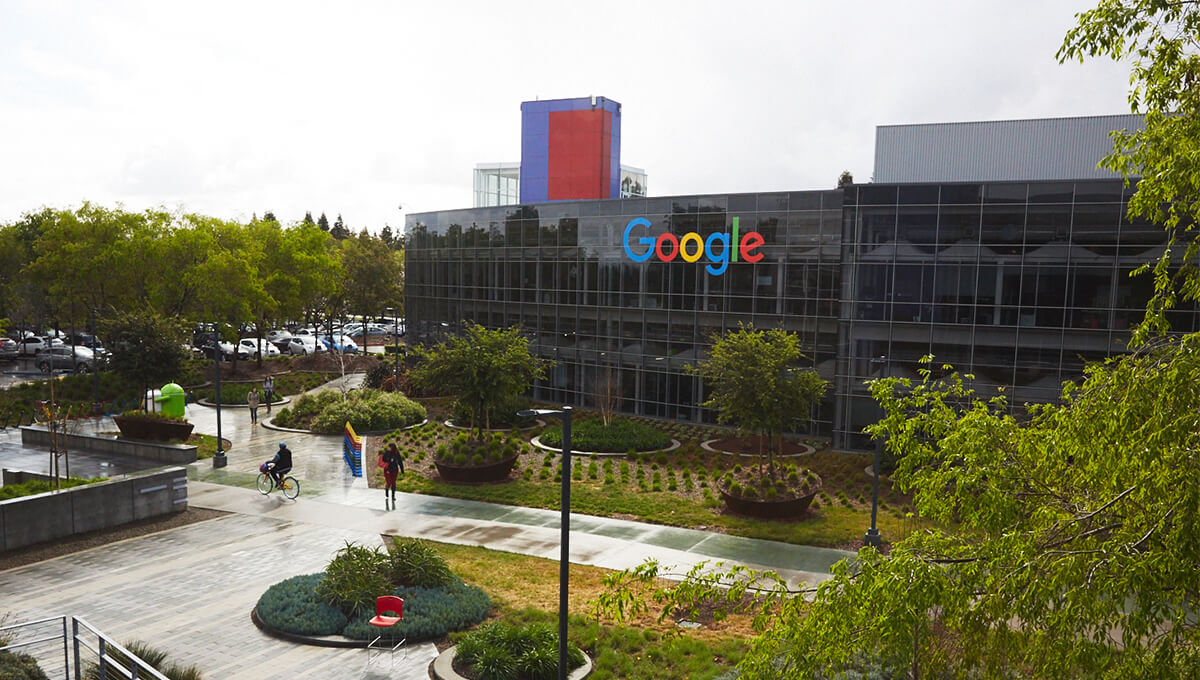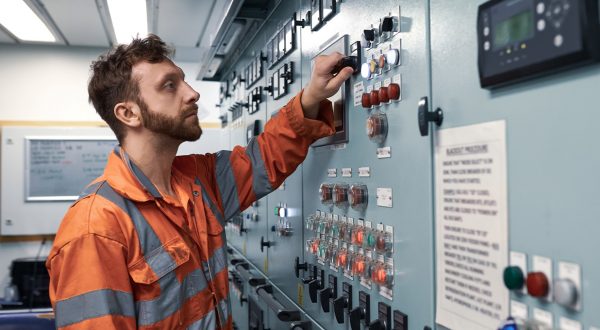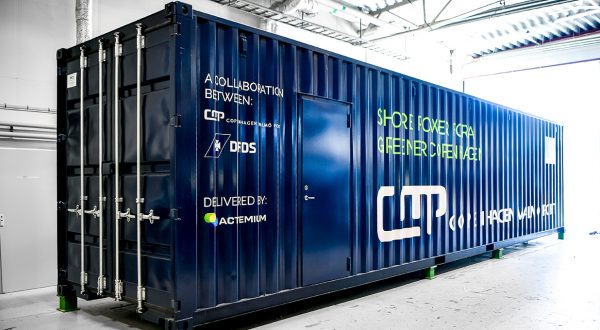Google, Apple, Facebook and Amazon are driving renewable energy
Reading time: 4 min

Increasing digitisation is forcing powerful, energy-intensive technology companies to turn to renewable energy sources.
For the past several years, Greenpeace has been putting pressure on Google, Apple, Facebook, and Amazon (collectively referred to as as GAFA in France) to address their environmental impact. Why? Because digital infrastructure, such as data centres, computer networks, and cloud technology, are energy-intensive.
The march of digitisation across the world is far from complete (half of the planet’s population has yet to come on board), and the Internet of Things still has plenty of room to grow. Electrical power consumption at data centres is increasing sharply; in fact, it is expected to rise from 2% of total power use worldwide in 2012 to 13% by 2030.
Faced with this situation, the most powerful technology companies have been forced to act. In recent years, their growing use of renewable energy sources has been a significant step forward, enabling them to reduce their dependence on non-renewable natural resources and aim for energy self-sufficiency.
What have GAFA achieved to date in this regard? In its latest report on technology giants’ power consumption, Greenpeace included a scorecard.
For the third year in a row, Apple was deemed to be the top performer, with an 83% clean-energy index (the proportion of renewable energy in its power consumption mix). In fact, in its most recent annual report for shareholders, Apple claims that renewable energy sources supply 93% of its electrical power.
The company will continue to improve its performance with the opening, later this year, of two new, 100% clean-energy data centres in Ireland and Denmark, with multi-year expansion programs and the launch of a solar farm in Arizona.
Google, another top performer according to Greenpeace, began investing in solar and wind power nearly ten years ago; in December, it announced that its thirteen data centres and 150 offices around the world would achieve the company’s 100% clean-energy goal this year. On the latest Greenpeace scorecard, Google’s clean-energy index was 56%.
Facebook is ahead of the targets set in 2015 – to achieve 50% clean energy by 2018 – since Greenpeace gives it a score of 67%. Amazon is still lagging at 17% but has launched new clean-energy projects and will reach the 50% mark by the end of the year.
18/04/2017

